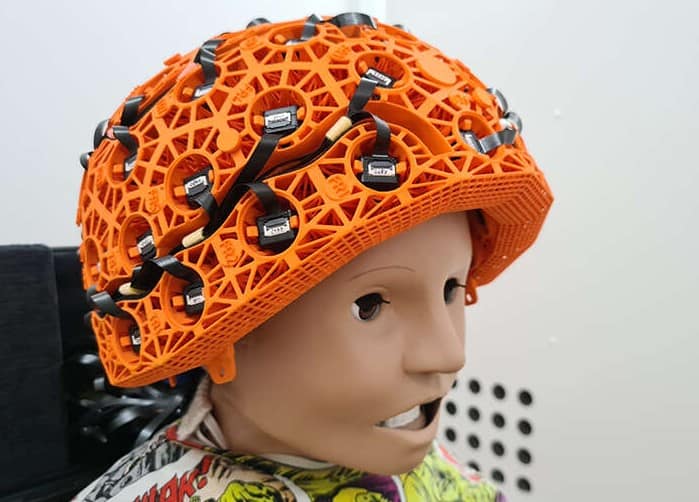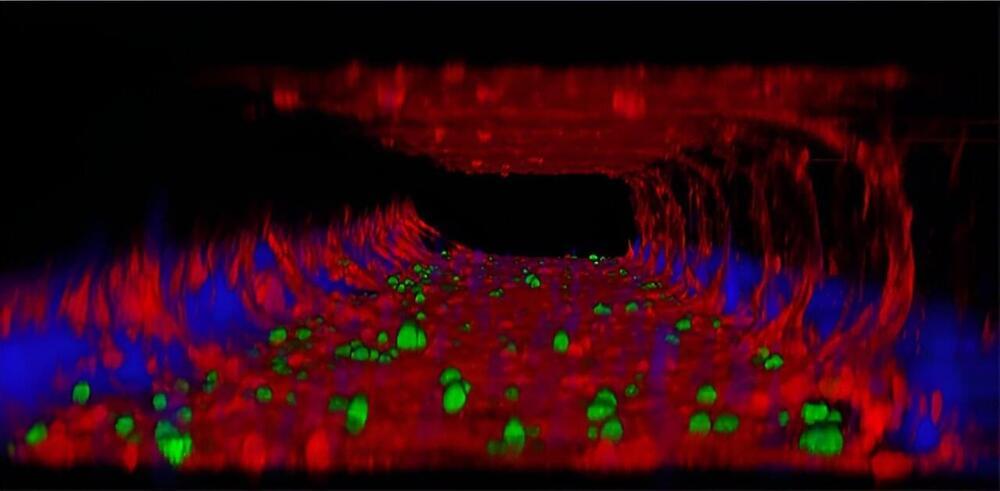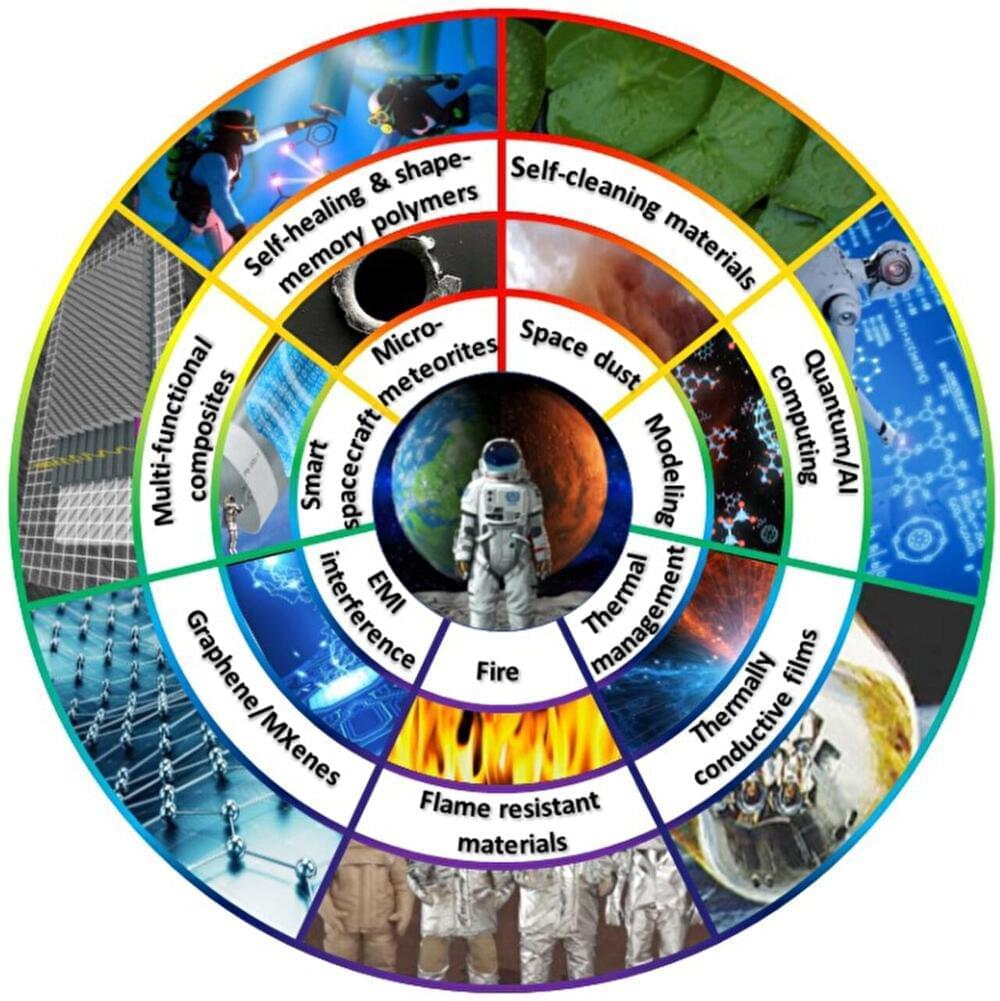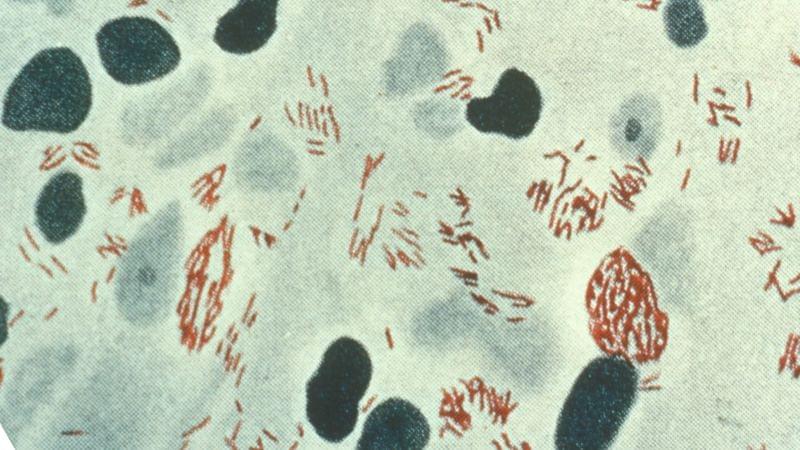In Switzerland, there’s a new cryonics company: and they invited me to have a look around. I had questions: legal, practical, and ethical, and I want to be clear: this is not an endorsement. I just wasn’t going to turn down that invitation. ■ Tomorrow Bio: https://www.tomorrow.bio/
Camera: Martin Bäbler.
I’m at https://tomscott.com.
on Twitter at https://twitter.com/tomscott.
on Facebook at https://facebook.com/tomscott.
and on Instagram as tomscottgo.







